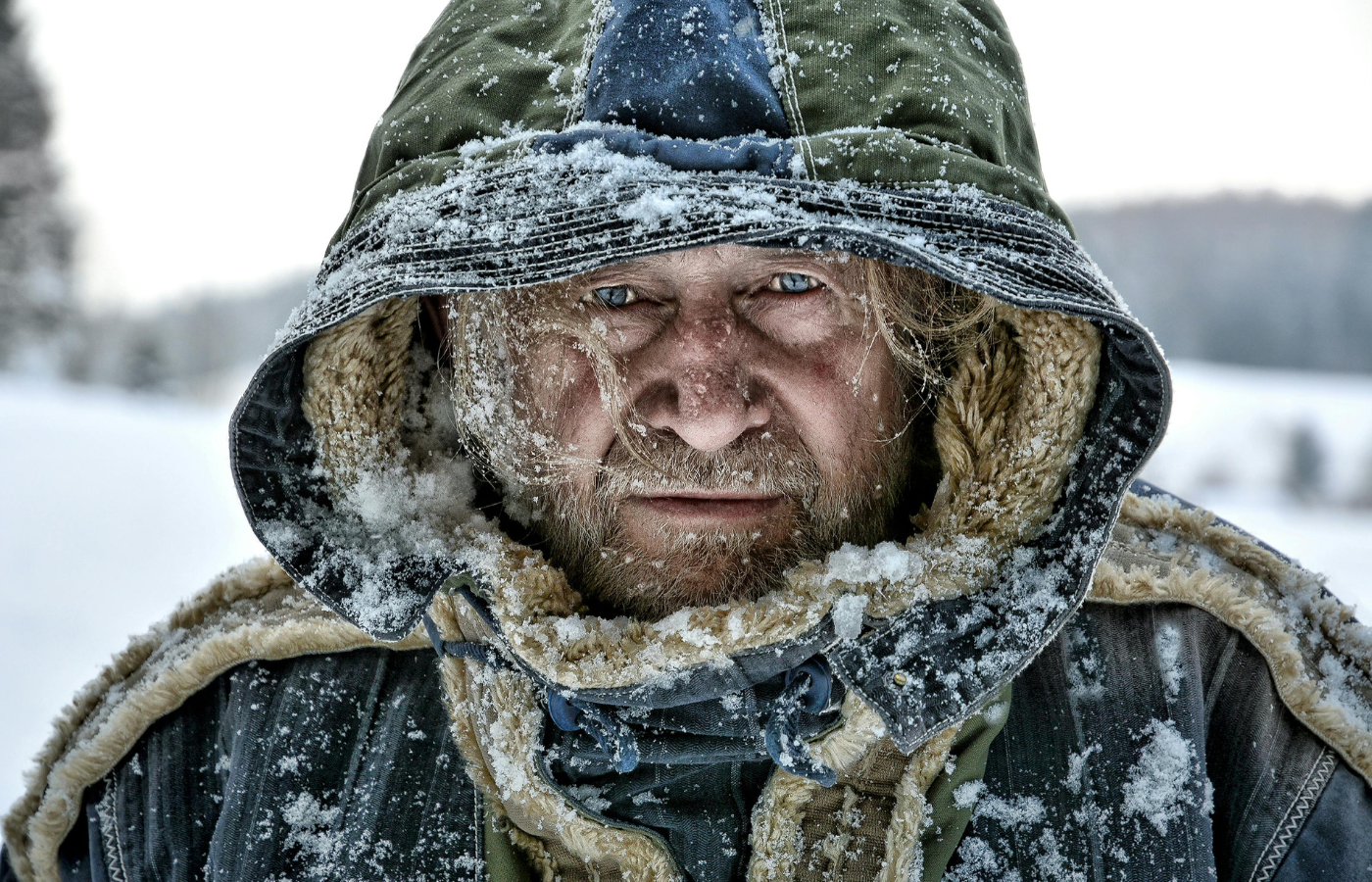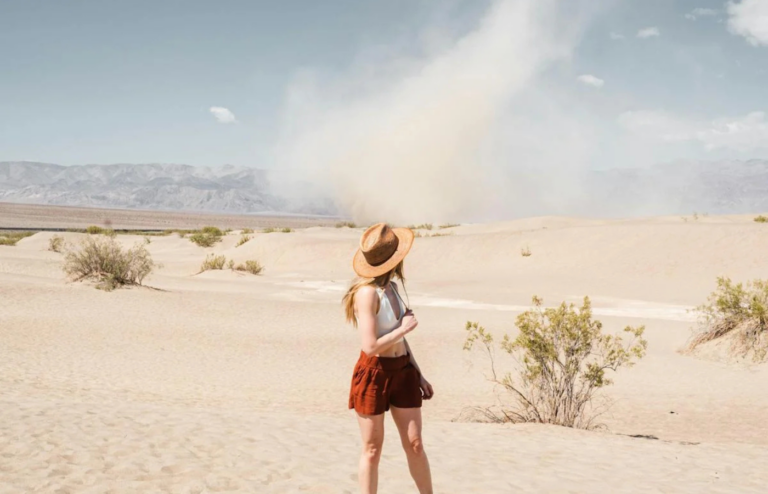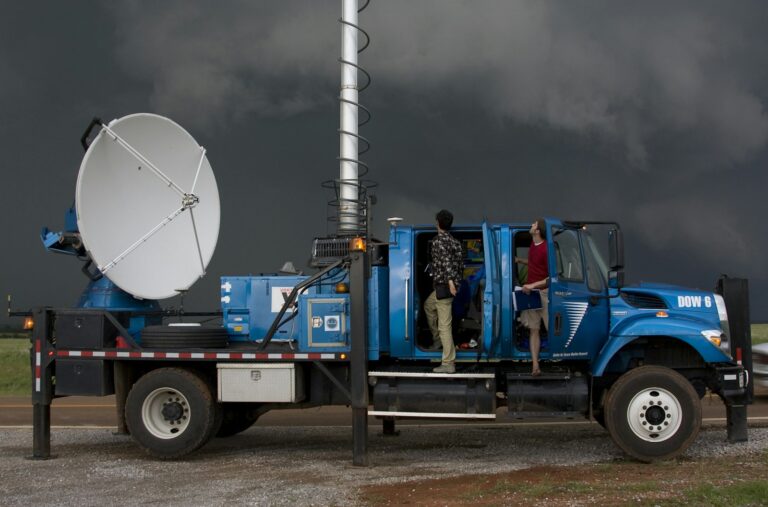Weather can be unpredictable, but bad information about it can be even worse. Many people believe old wives’ tales or outdated advice when it comes to severe weather. The problem? Some of these myths can put your life at risk.
Here are 10 of the most dangerous weather myths and the real facts that could save your life.
1. Opening Windows During a Tornado Prevents Your House from Exploding

One of the most common tornado myths is that opening windows can prevent a house from exploding by equalizing pressure. In reality, tornado damage is caused by extreme winds and flying debris, not pressure changes, and opening windows only wastes time and makes things worse. The safest move is to head straight to a basement or interior room.
2. If It’s Not Raining, Lightning Can’t Strike

Many people assume they’re safe from lightning if the sky above them is clear, but that’s a dangerous myth. Lightning can strike from up to 10 miles away sometimes under blue skies in what’s known as a “bolt from the blue.” If you can hear thunder, you’re close enough to be struck, so it’s safest to head indoors immediately.
3. You’re Safe From Floods If You Have a Truck or SUV

Some drivers think larger vehicles can handle floodwaters, but that’s a risky misconception. Just a foot of water can float a car, and two feet can carry away even trucks plus, the road underneath may be gone. When in doubt, turn around and don’t drown.
4. Hurricanes Only Affect Coastal Areas

While hurricanes are often linked to coastal damage, their impact can stretch far inland. Heavy rain from these storms can trigger deadly flooding and landslides hundreds of miles from the shore even from weaker systems or storm remnants. Don’t underestimate their reach.
5. If It’s Cold Outside, Climate Change Isn’t Real
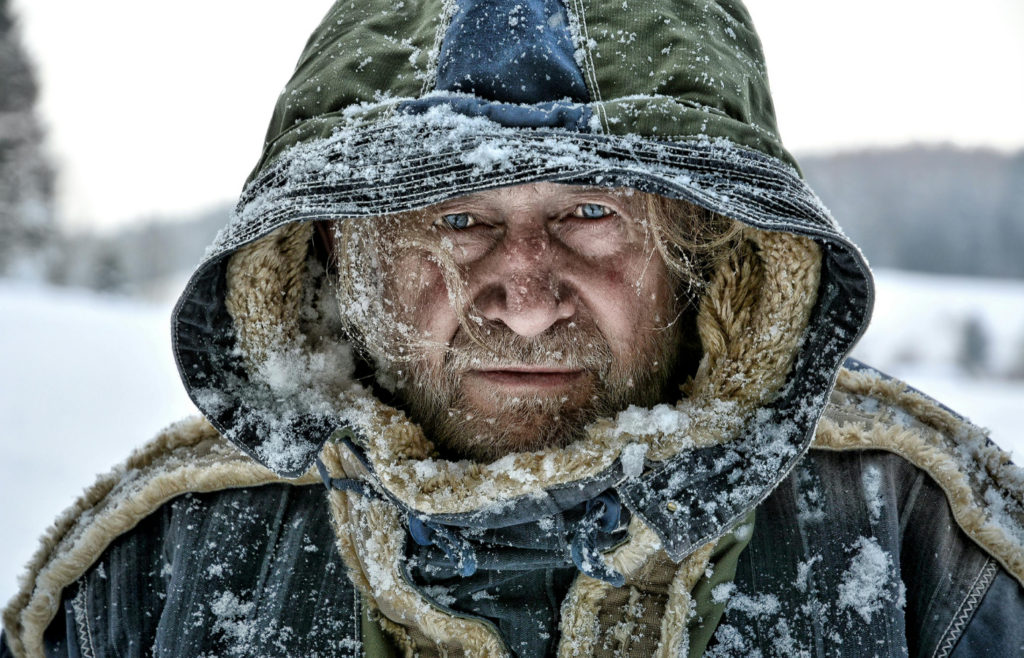
Some skeptics point to cold winter days as proof that global warming isn’t real. But climate change means more extreme weather not just heat including harsher blizzards and cold snaps fueled by shifting jet streams and warming oceans.
6. Seeking Shelter Under a Highway Overpass Protects You From a Tornado
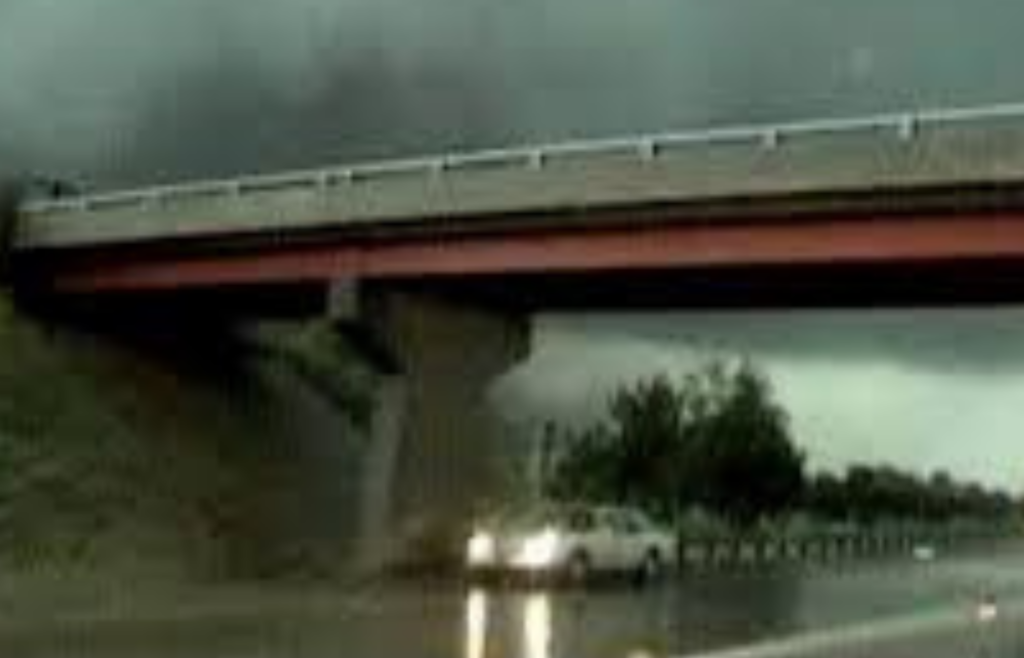
Many believe overpasses offer shelter from tornadoes, but they can be more dangerous. The structure funnels wind and debris, creating a deadly wind tunnel effect. It’s far safer to take cover in a sturdy building or lie flat in a low ditch.
7. If a Thunderstorm Isn’t Directly Overhead, You’re Safe Outdoors

Many outdoor enthusiasts think they’re safe if it’s not raining or storming overhead, but lightning can strike from over 10 miles away well before the first raindrops. If you hear thunder, you’re already at risk. Head indoors immediately to stay safe.
8. You Can Outrun a Tornado in Your Car
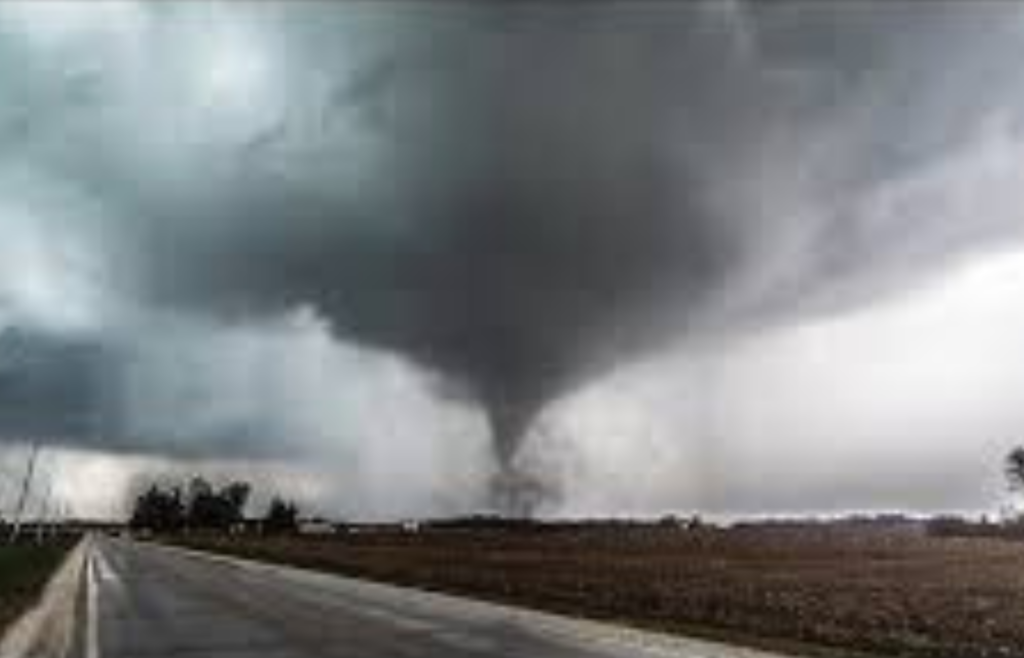
A few individuals accept they can beat a tornado in their car, but that’s a perilous bet. Tornadoes can reach speeds over 70 mph and move course without caution putting drivers at genuine hazard. If a tornado is drawing closer, take off the vehicle for a tough building or lie moo in a discard if no protection is adjacent.
Read More: Top 10 Weather Phenomena That Science Still Doesn’t Fully Understand
9. Heat Lightning Means a Storm is Far Away and Harmless
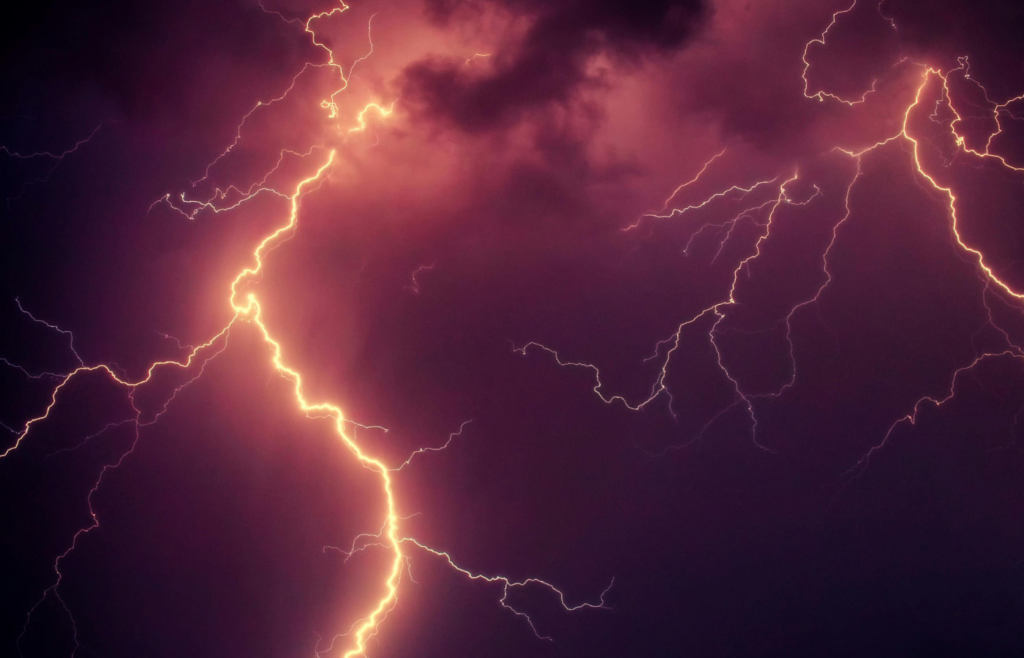
What people call “heat lightning” is just lightning from a storm too far away for the thunder to be heard. The storm may seem distant, but it could still be close enough to pose a threat. Don’t ignore it check the forecast to stay safe.
Read More: 15 Smartest Ways to Prepare for a Hurricane Before It Hits
10. During a Tornado, Hiding in the Southwest Corner of a Basement Is Best

Old advice claimed the southwest corner of a basement was safest during a tornado, but tornadoes don’t always follow predictable paths. The safest spot is anywhere in the basement, away from windows, and protected by something sturdy like a heavy table or mattress. Focus on overall shelter, not direction.
Final Thoughts
Weather myths can be dangerous, but knowing the facts can save your life. The next time you hear one of these common misconceptions, make sure you set the record straight it might just keep someone safe.
Have you ever believed one of these myths? What’s the scariest weather experience you’ve had?

